Is Ancho Chile Spicy? Let’s Uncover the Heat Behind This Smoky Wonder!
If you’ve ever wandered into a Mexican spice market or leafed through a classic mole recipe, you’ve probably seen ancho chile mentioned with reverence. But here’s the question: is ancho chile spicy? That’s what we’re diving into today — and trust me, it’s not just about turning up the heat on your tongue.
Table of Contents
- What Exactly Is an Ancho Chile?
- How Spicy Is It, Really?
- Flavor First: The Taste Beyond the Heat
- Where to Use Ancho Chile in Your Kitchen
- Buying Guide: Picking the Perfect Ancho Chiles
- Ancho vs Other Chiles: Where Does It Stand?
- Pro Tips for Cooking with Ancho Chiles
- Final Thoughts: Is Ancho Chile Spicy Enough for You?
What Exactly Is an Ancho Chile?
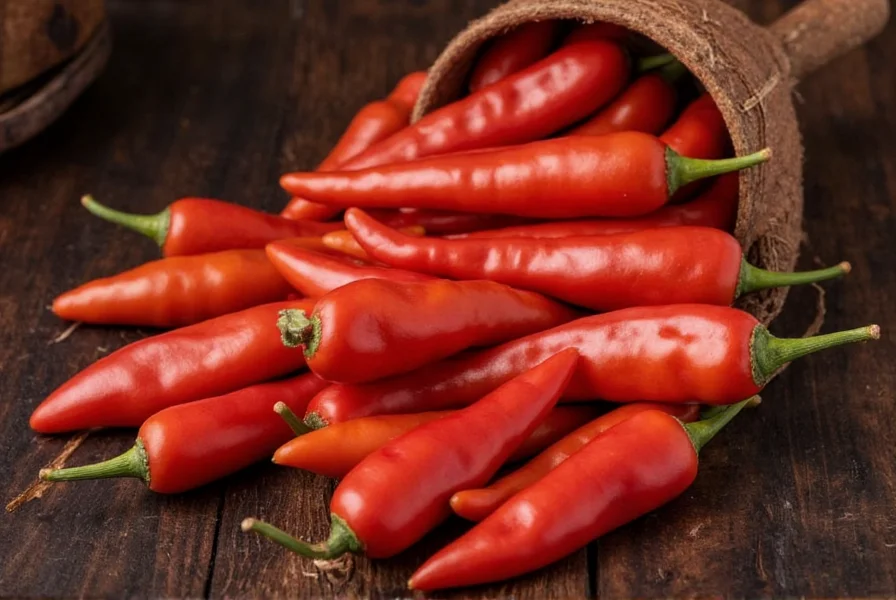
The ancho chile starts life as a poblano pepper that’s been left to ripen longer and then dried. Yes, you heard right — fresh poblanos are the green version, and when they mature, turn red, and get dried, they become anchos. This drying process gives them a wrinkled appearance and concentrates their flavor.
Historically, these peppers have been used by indigenous cultures across Mexico, especially in dishes like moles, stews, and sauces. They’re a staple in many kitchens where depth of flavor is more important than searing heat.
How Spicy Is It, Really?
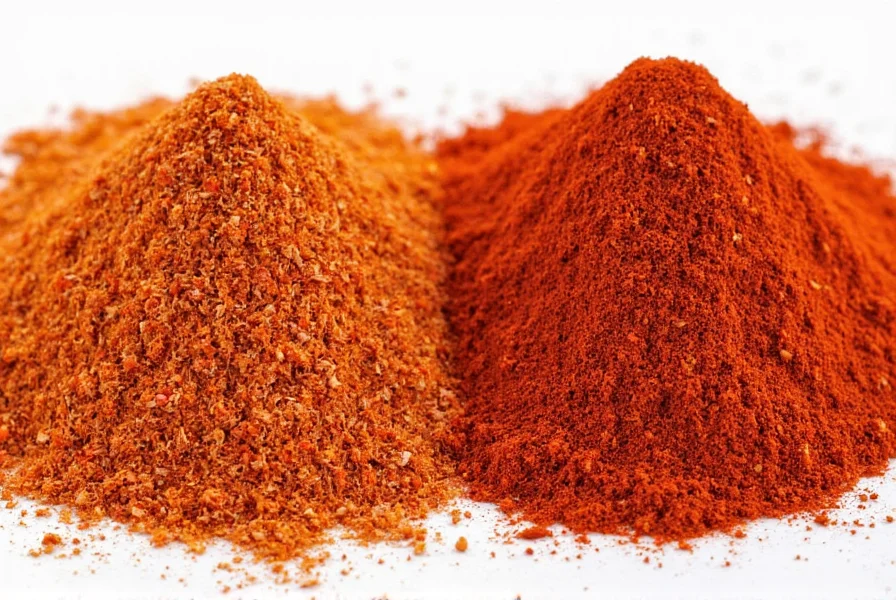
If you’re wondering whether ancho chile brings the fire, let’s talk numbers. On the Scoville scale (which measures spiciness), ancho chiles typically range between 1,000 and 2,000 SHU (Scoville Heat Units).
| Pepper | Heat Level (SHU) |
|---|---|
| Ancho Chile | 1,000 – 2,000 |
| Jalapeño | 2,500 – 8,000 |
| Cayenne Pepper | 30,000 – 50,000 |
| Habanero | 100,000 – 350,000 |
In short, the ancho isn’t going to set your mouth ablaze, but it does offer a gentle warmth — perfect for those who enjoy flavor without the fear of flames. The key word here is balance.
Flavor First: The Taste Beyond the Heat
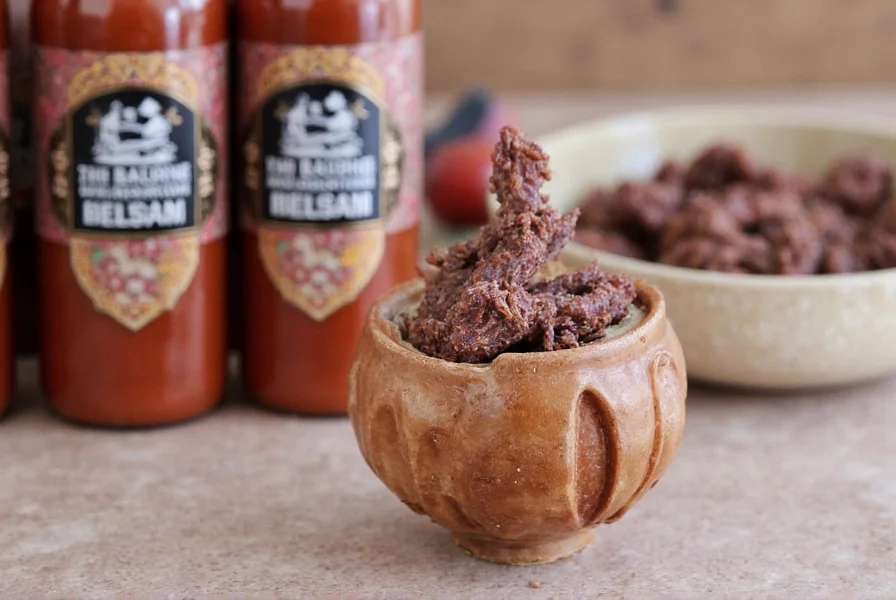
If spiciness was all that mattered, ancho chiles wouldn’t be so beloved. Their true power lies in their rich, complex flavor profile. When rehydrated and blended, they deliver a unique mix of:
- Earthy undertones
- Faintly sweet notes (think raisins or prunes)
- A smoky depth that adds dimension to any dish
So even if you're asking “is ancho chile spicy,” know that its charm lies in subtlety, not shock value. It’s the kind of spice that sneaks up on you, warming your palate long after the first bite.
Where to Use Ancho Chile in Your Kitchen
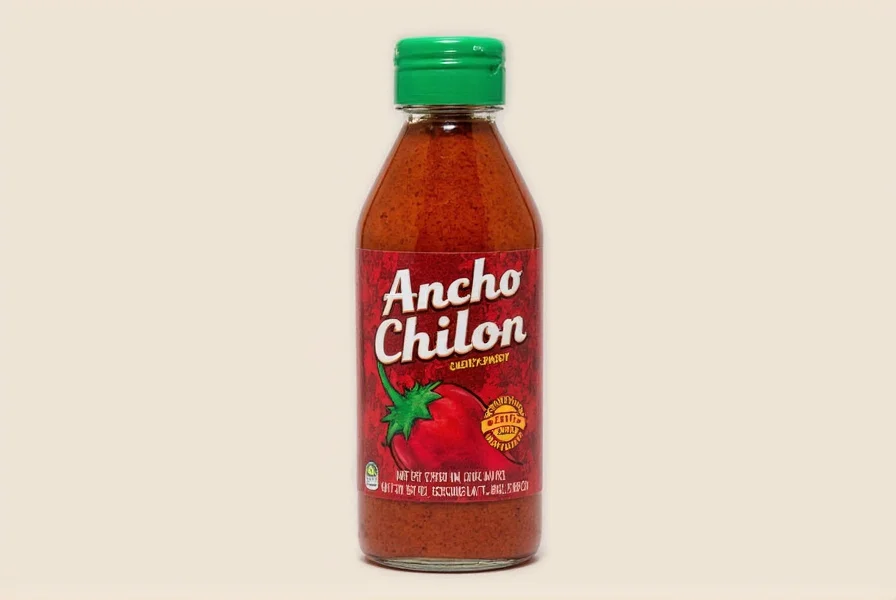
Now that we’ve settled the “is ancho chile spicy” debate, let’s get cooking! Here are some top ways to use this versatile chili:
- Mole sauce: The star ingredient in classic mole negro or mole poblano.
- Adobo sauces: Blend with garlic, vinegar, and spices for a rich marinade.
- Chili powders and rubs: Ground ancho chile makes a great base for meat rubs.
- Stews and soups: Adds depth to slow-cooked dishes like posole or chili con carne.
- Homemade hot sauces: Combine with other chilies for a balanced homemade blend.
Buying Guide: Picking the Perfect Ancho Chiles
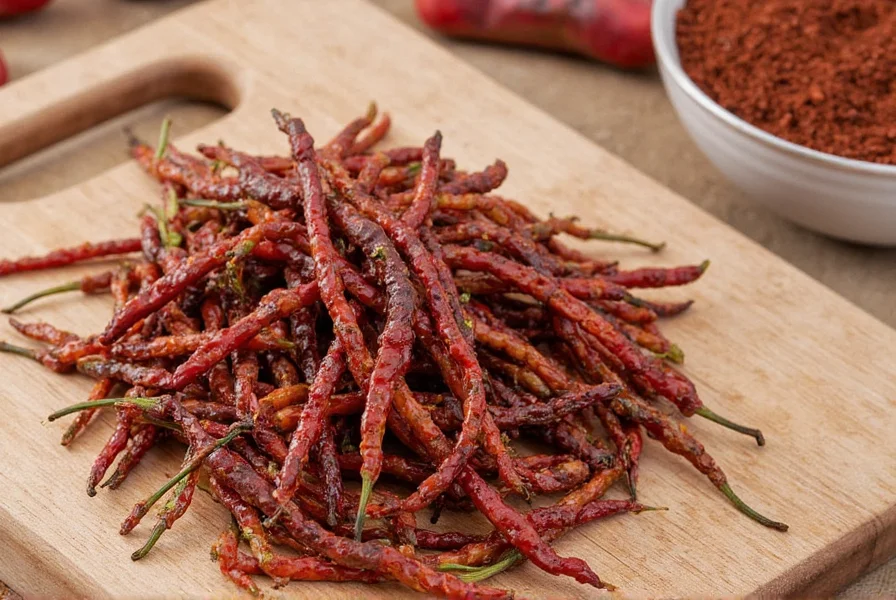
When shopping for ancho chiles, you’ll usually find them whole, dried, or ground into powder form. Here’s how to pick the best ones:
- Whole Anchors: Look for deep reddish-brown color and soft texture — avoid overly brittle or cracked ones.
- Ground Powder: Make sure it’s vibrant and aromatic. If it smells dusty or flat, it’s old.
- Storage: Keep whole chiles in an airtight container in a cool, dark place for up to 6 months. Ground chiles last about 3–4 months before losing potency.
Top Brands:
- La Costeña: Reliable quality whole dried anchos, often found in Latin grocery stores.
- McCormick: Trusted for consistent ground ancho chile powder in most supermarkets.
- Frontier Co-op Organic: Great option for organic ground ancho chile.
Ancho vs Other Chiles: Where Does It Stand?

To really understand the heat level and flavor uniqueness of ancho chiles, let’s compare them with similar peppers:
| Pepper | Flavor Profile | Spice Level | Best For |
|---|---|---|---|
| Ancho | Smoky, sweet, earthy | Mild | Moles, adobo, soups |
| Guajillo | Bright, tangy, tea-like | Moderate | Salsas, marinades |
| Pasilla | Fruity, licorice notes | Mild to moderate | Complex sauces |
| Mulato | Chocolatey, coffee-like | Mild | Dark mole, desserts |
So while other dried chiles bring different kinds of punch, anchos are the foundation — warm, rich, and never overpowering.
Pro Tips for Cooking with Ancho Chiles
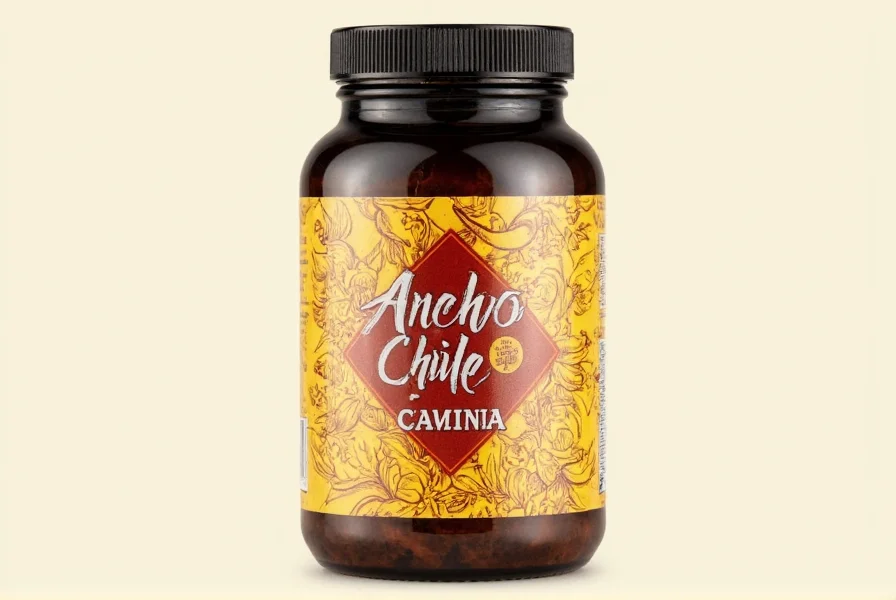
Ready to put your new ancho knowledge to work? Here are some expert tips to maximize flavor and minimize guesswork:
- Toast Them First: Lightly toast dried anchos in a dry skillet for 10–15 seconds per side to unlock their oils and deepen the flavor.
- Rehydrate Smartly: Soak in hot water or broth for 20 minutes until pliable. Don’t throw away that soaking liquid — it’s packed with flavor!
- Remove Seeds (Optional): While the seeds add a bit more heat, removing them ensures smoother blending and mellower taste.
- Blend With Liquid: Use broth, water, or citrus juice when making purees to keep things smooth and well-balanced.
- Use Fresh Oil: A drizzle of neutral oil during toasting or blending helps draw out the oils and improves overall richness.
Final Thoughts: Is Ancho Chile Spicy Enough for You?
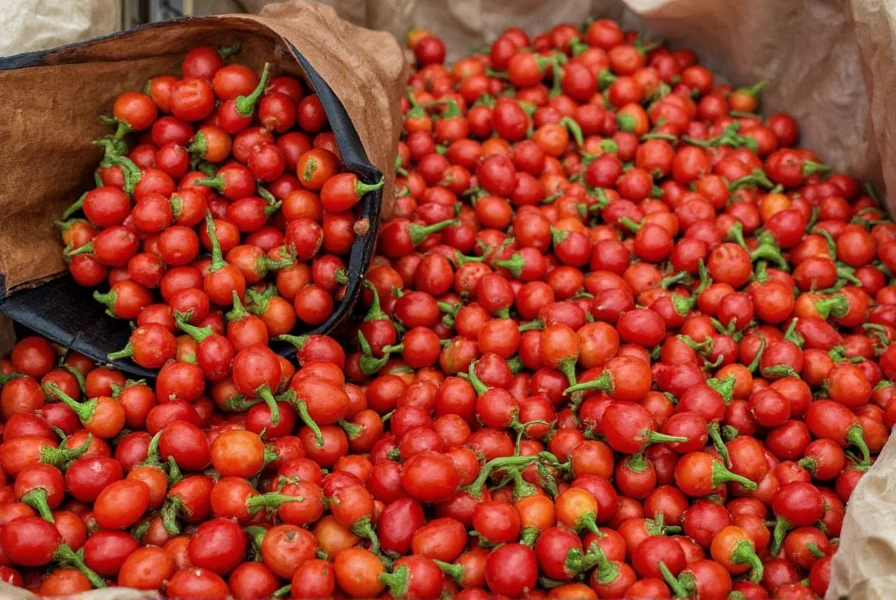
So back to the original question: is ancho chile spicy? Well, it’s not exactly going to make you sweat buckets, but it delivers a steady, warming heat that complements its complex flavor beautifully. Whether you're a home cook or a spice pro, anchos deserve a spot in your pantry.
They’re mild enough for beginners, yet flavorful enough to earn respect from seasoned chefs. So go ahead — open that bag of dried anchos, smell that earthy aroma, and remember: sometimes the best spices aren’t the hottest — they’re the ones that make your soul smile.

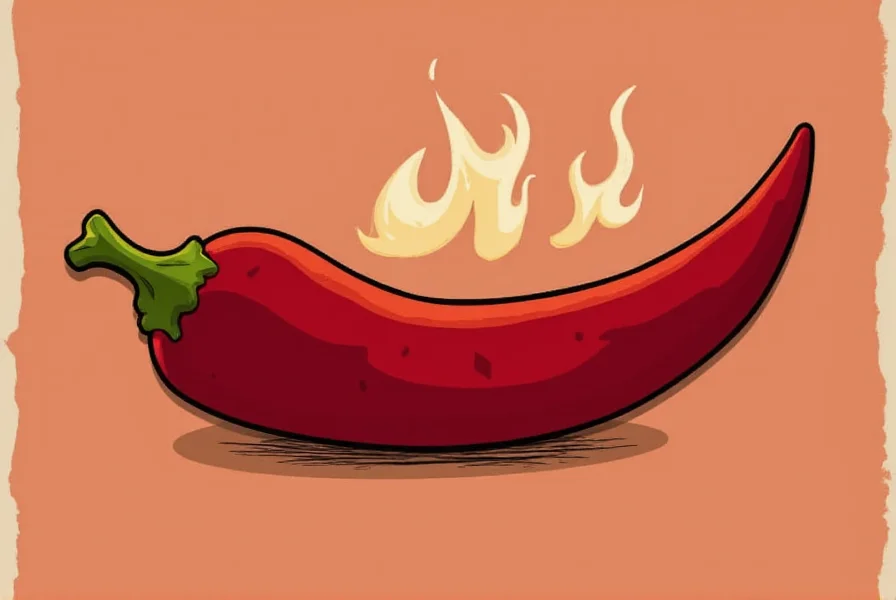









 浙公网安备
33010002000092号
浙公网安备
33010002000092号 浙B2-20120091-4
浙B2-20120091-4